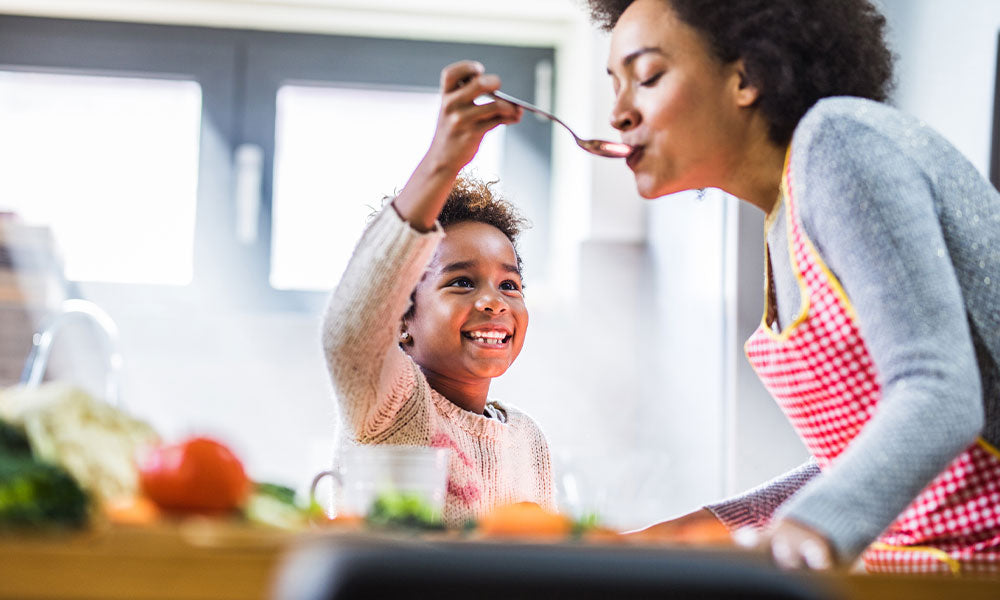In 2010, after many years as a nursery school teacher in NYC, I created a program called playAGAIN. PlayAGAIN is based on the importance of free unstructured play for a child's development and social/emotional well-being.
The name playAGAIN comes from several tenets:
Young children love, need, to repeat and revisit their experiences. It's how they learn to interpret the world, experience joy, develop theories, and form a sense of self.
I wanted to highlight recycled materials and offer the space and time to explore them freely. By actively and concretely weaving recycling into our children's experience, we can provide them with the beginning of a lifelong thoughtfulness when it comes to the environment (as well as any other important challenges). Children are endlessly resourceful, creative, and appreciate feeling impactful.
Everyday repurposed materials are readily available, affordable and can be replaced, there is no need to buy anything special.
These materials are inclusive; children anywhere and everywhere can take part. Open ended recycled materials allow for individual choice and can be used in countless ways, so children feel competent, challenged, and inspired.
Familiar, everyday items can be mixed and matched, used and reused, and adapted for children of all ages and abilities.
They vary from home to home, but the premise is consistent: The simple materials in our home can help fuel sibling play, avert meltdowns, inspire resourcefulness, celebrate the small moments.
My program BookPLAY was born from the same ideas.
I love reading with children.
I think about what draws them in and keeps them engaged:
Captivating illustrations, yes. Dynamic language, yes. Appropriate length and text, yes. Rhythm, rhyme, pacing, yes, yes, yes.
Where you read, how you read, when you read. It all matters.
But the story doesn't have to end just because the book does.
How do you extend the book beyond the pages?
Adults join book groups to revisit a narrative, explore characters, discuss plot twists and imagery. Why can't children do that also? Even children as young as two years old! Perhaps you focus on the shape of the book? Or the weight of the book? Or the colors and shapes found in the illustrations.
BookPLAY incorporates playAGAIN tenets to bring picture books to life and the hope of developing lasting, loving, playful relationships with books.
Here are 20 ways you can implement this at home using what you already have.
- Remove book jackets, spread them out (along with the books) and you've got a great matching game, as well as a way to deepen your child's experience with words, images, letter recognition, recall, and fun with the book.
- Remove book jacket and set it under your dinner plate as a placemat. Revisit the story, discuss the narrative, ask questions.
- Create a memory game: set 2 or 3 books on the floor, ask your child to close their eyes, and take one away. Guess which one is missing?! As your child gets older, you can add more choices.
- Stack several books with spines facing out, and read the titles aloud to create a Bookspine poem.
- Create a path using books from one room to another.
- Lay some books on the floor as a bed (or garage or home) for stuffed animals, finger puppets, or vehicles.
- Search your home for a matching object from the story: it could match in terms of color, shape, use...You name it!
- Turn one of your books into a lift the flap book by adhering a piece of fabric or a napkin on each page.
- Wrap 2 or 3 differently shaped and sized books in tinfoil and ask your child to guess which books they are.
- Read a familiar book and subtly change one pivotal word… See if your child notices!
- Hide a familiar book (or 2 or 3) in your home and create a scavenger hunt with clues from the story.
- Read a favorite book in a surprising place: behind the couch, under the table, with a flashlight in the closet.
- Approximate "pick up sticks" with books: head to the kitchen and choose some tongs or a spatula or a big spoon—spread some books on the floor and have fun trying to pick them up using kitchen utensils.
- Read a book in the setting that the story takes place: bring a beach book to the beach, sit in the grass for a farm book, grab some ice cubes and head to the bathtub if the book is about winter.
- Divide your books by author or illustrator…see if you notice a pattern.
- Use the pages of a book to hide family photos - give your children the book to search through and have a chat about what's happening in the family photo once they find them- It's a lovely way to connect.
- Hang books on a wall with Velcro or string or tape so that your children have to playfully retrieve them before they can read them.
- Create your own book using something very simple and re-purposed: fold a piece of junk mail in half, tear a page out of a magazine, use a blank envelope.
- Take cotton swabs and incorporate them in the illustrations of a book… Follow the shapes and lines on one page and then pick them up and do the same on the next page. It's about the doing, not a final product (so no need to tape or glue down).
- Make up a silly song about one of your favorite books.



